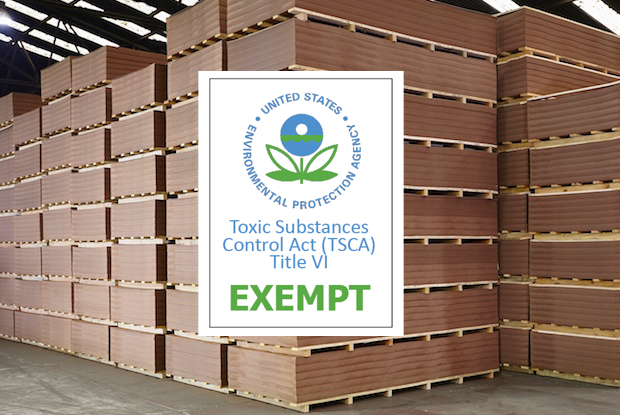Rebecca Lipscomb, director of regulatory affairs at INX International explains the ins and outs of key EPA (Environmental Protection Agency) regulations for printing inks in an article.
Lipscomb says that one of the main regulations we need to understand when considering the responsible management of chemicals and materials used in printing inks is the Toxic Substances Control Act (TSCA). TSCA is a U.S. federal law that regulates the production, importation, use and disposal of chemicals. It aims to protect human health and the environment by ensuring that chemicals are properly evaluated and managed.
Two key regulatory mechanisms within TSCA that affect all chemicals, including printing inks, are SNURs (Significant New Use Rules) and SNUNs (Significant New Use Notifications). These regulations became more relevant to chemical regulation in the U.S. after legislative changes in 2016, which expanded the assessments required before a new chemical could be placed on the market. In this article, we explore what SNURs and SNUNs consist of, their importance in the printing industry, and how they impact the formulation and use of printing inks.
The INX International expert adds that SNURs and SNUNs are designed to monitor and regulate the introduction of new chemicals or new uses of existing chemicals that may pose potential risks to human health or the environment.
During the evaluation of a new chemical on the U.S. market, EPA may decide that restrictions are necessary to address potential risks to human health or the environment. These restrictions are called SNURs. Restrictions in a SNUR can be something as simple as the use of protective gloves, or as complex as tracking the release of a substance into bodies of water.
One component of a SNUR is that if a manufacturer or processor wishes to use the chemical for a different use than the one EPA initially evaluated, that new use must also be evaluated. This second evaluation process is called SNUN (Significant New Use Notification). For example, if the SNUR associated with a chemical states that it can be used in water-based ink and we want to use the technology in a UV ink, we would have to submit a SNUN to EPA. EPA would consider the use of the substance in UV ink as a “new use” of the substance.
The final SNUR will be included in the publicly available Code of Federal Regulations (CFR): eCFR: 40 CFR Part 721 – Significant New Uses of Chemical Substances. CFRs are final rules established by federal agencies, unlike the Federal Register, which serves as a public record of proposed rules, public comments, and other regulatory actions.
Companies must submit a Significant New Use Notification (SNUN) to EPA at least 90 days before engaging in the new use specified in the SNUR. However, EPA can take significantly longer than 90 days to review the chemical, and companies cannot use the chemical in commercial quantities until EPA has completed its evaluation.




